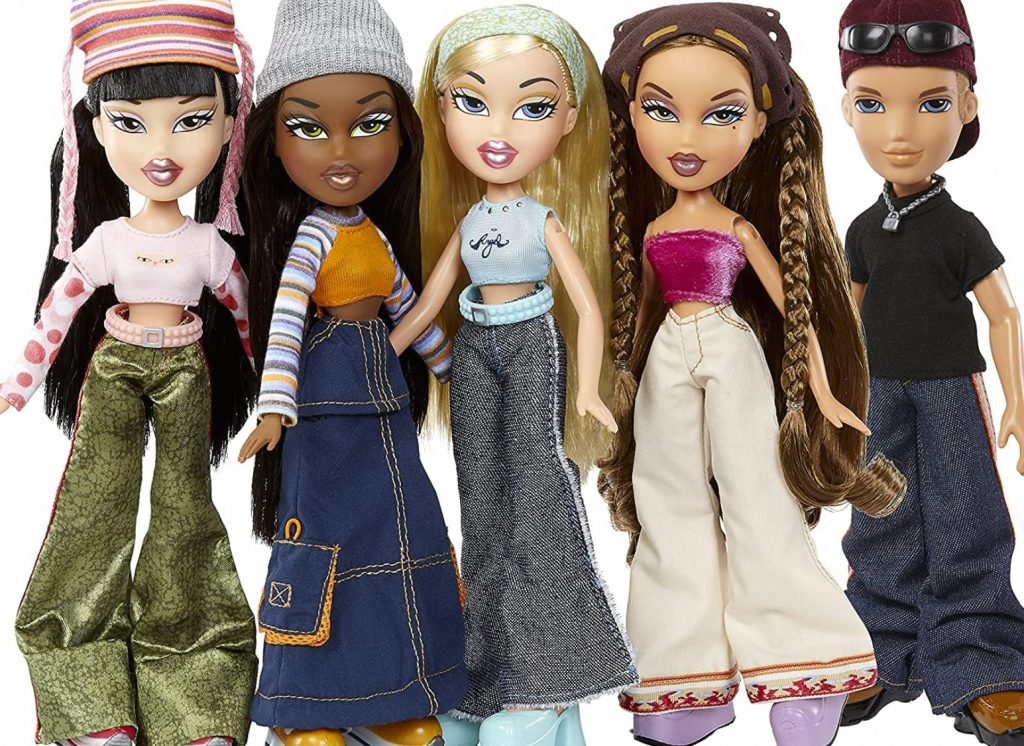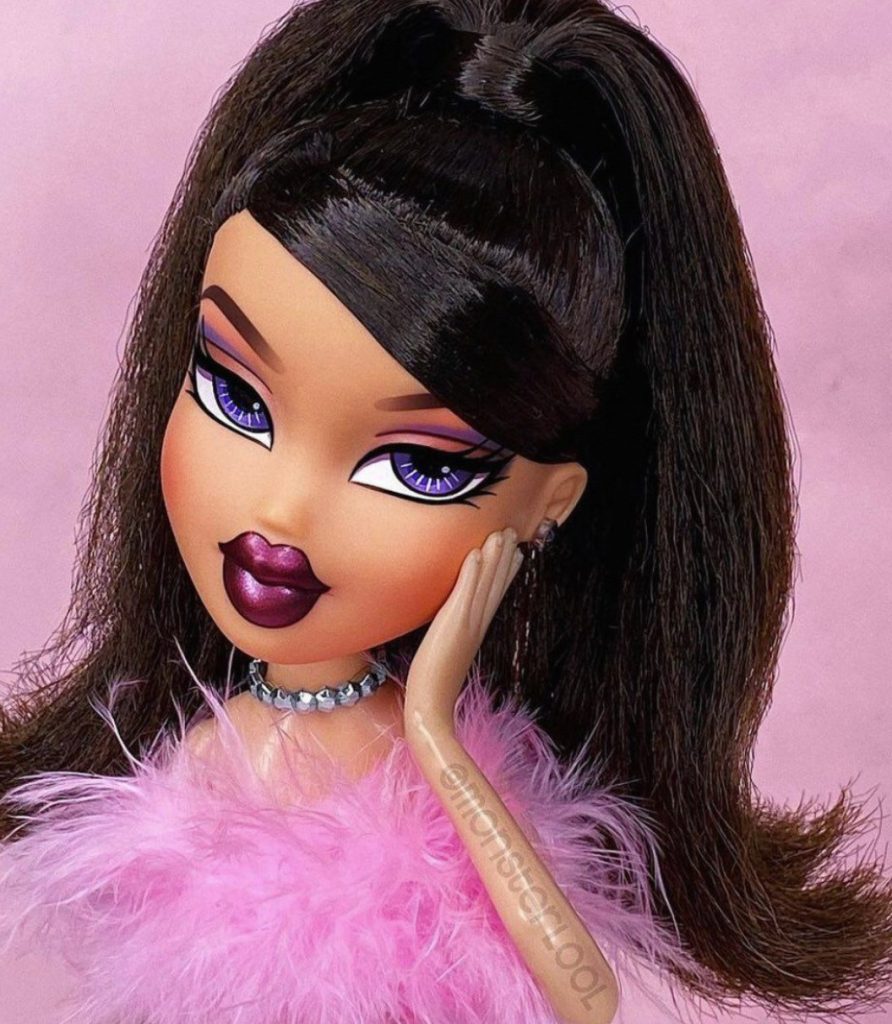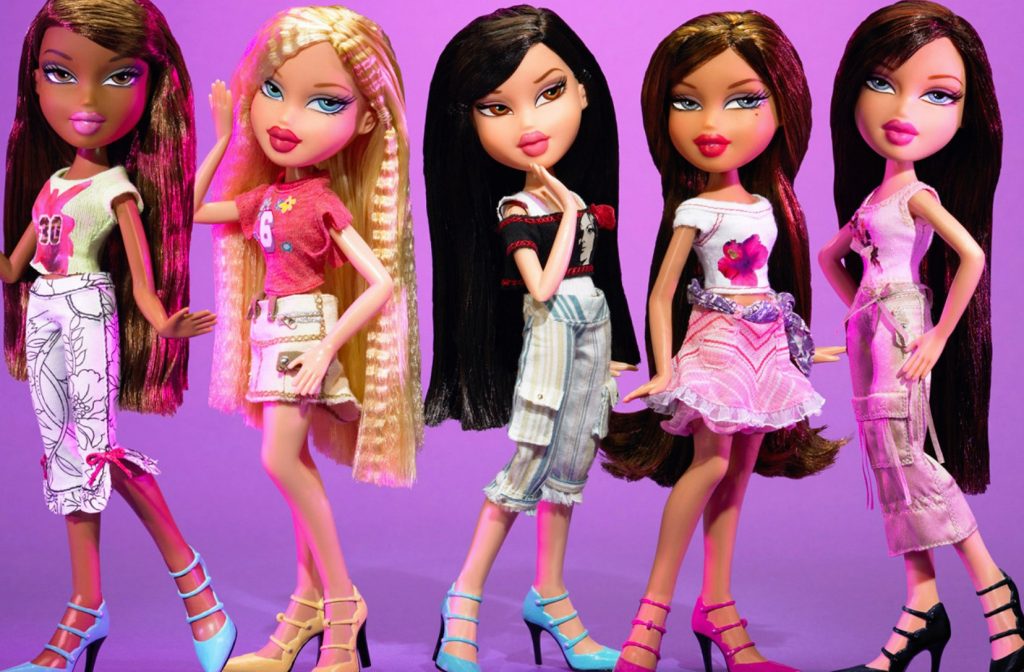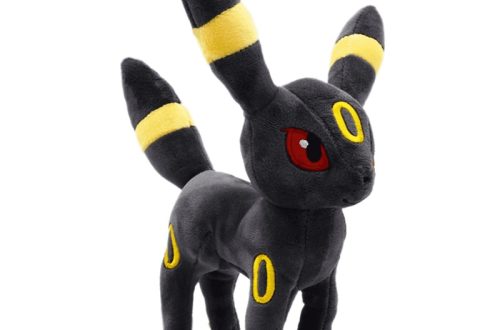For decades, Barbie reigned supreme in the doll aisle, offering a narrow vision of beauty with her blonde hair, long legs, and impossibly proportioned figure. Then came Bratz in 2001, a revolution in fashion dolls with a focus on diversity, individuality, and a sassy attitude. This four-part article explores the impact of Bratz dolls, highlighting their contribution to empowerment and diversity in fashion play.
Part 1: Redefining Beauty Standards

Embracing Multicultural Features:
Unlike Barbie’s Eurocentric features, Bratz dolls came in a variety of ethnicities, with darker skin tones, full lips, and almond-shaped eyes. This broader representation allowed children of color to see themselves reflected in the dolls they played with, fostering a sense of belonging and self-acceptance.
Challenging Body Image Norms:
Bratz dolls were designed with fuller figures compared to Barbie, featuring curvier hips and shorter legs. This intentional design choice posed a challenge to the unrealistic body ideals perpetuated by traditional dolls. It provided a more inclusive representation of beauty. The dolls’ diverse body shapes conveyed a message that beauty comes in various forms and should be celebrated. By deviating from narrow beauty standards, the Bratz dolls contributed to a paradigm shift. They reshaped the perception of beauty and promoted body positivity among young girls. This inclusive representation encouraged self-acceptance and confidence. It also signaled a departure from the one-size-fits-all approach to beauty. It fostered a sense of belonging and empowerment among children who may not have seen themselves reflected in traditional dolls.
Part 2: Fashion with a Dose of Sass

Trendsetting Styles:
Bratz dolls became notable for their trendsetting fashions, frequently adorned in urban-inspired clothing with vibrant colors and plenty of dazzling accessories, which included lots of bling. This unique fashion sense and emphasis on edgy, contemporary styles resonated deeply with many young girls. In contrast to Barbie’s traditionally preppy attire, the Bratz dolls’ modern and metropolitan look reflected the cultural diversity and fashion trends of the era. Their urban-inspired outfits and bold color choices struck a chord with children who were seeking a more current and edgy aesthetic in their dolls. The inclusion of fashionable accessories also contributed to their popularity. The Bratz dolls’ representation of trendy, urban fashion not only sparked excitement but also allowed young girls to explore and express their own personal style preferences. This reflected a shift towards more modern and diverse fashion sensibilities among toy preferences.
Celebrating Individuality:
The Bratz dolls were characterized by distinct personalities that were reflected in their clothing choices. For instance, Yasmin’s fashion sense was a blend of vintage and modern, while Cloe’s style embodied a bohemian chic aesthetic. Each doll represented a unique style that resonated with different preferences and tastes, enabling every young girl to find a Bratz doll that mirrored her individual fashion identity. This representation fostered a sense of inclusivity and acceptance, encouraging self-expression and promoting individuality in young minds. By showcasing a diverse range of fashion personas and embracing various styles, the Bratz dolls empowered children to explore and celebrate their own unique fashion sensibilities. This allowed them to express themselves through their doll’s style choices. The emphasis on distinct personalities and diverse fashion preferences provided a platform for children to engage with and appreciate different styles. This fostered a sense of creativity and self-confidence in expressing their individuality.

Part 3: More Than Just Dolls: A Cultural Phenomenon
Beyond the Doll Aisle:
The impact of Bratz went beyond mere dolls, expanding into various forms of entertainment and products. Bratz clothing lines emerged, offering children the chance to dress in styles inspired by their favorite dolls, further encouraging self-expression and individuality. The release of video games allowed children to immerse themselves in the Bratz universe, engaging with interactive content that extended the storytelling and fashion experience. Movies featuring the Bratz characters highlighted their adventures, friendships, and unique personalities, reinforcing positive messages of self-confidence and empowerment. The full-fledged Bratz universe provided a platform for young girls to express themselves through fashion. It also empowered them to embrace their individuality in multiple ways. This multimedia approach broadened the appeal of the brand. It offered children diverse opportunities to engage with the vibrant and dynamic world of Bratz beyond traditional doll play. It also encouraged creativity, self-expression, and imaginative play.
A Spark for Conversation:
The introduction of Bratz dolls initiated important conversations about race, representation, and beauty standards. By featuring a diverse cast of characters with varying ethnicities and backgrounds, the Bratz dolls challenged the prevailing norms within the toy industry. The industry had often favored a narrow standard of beauty. The dolls broadened the scope of what it meant to be a fashion icon. They showcased a range of styles and cultural influences across different characters. This representation not only provided children with a more extensive and inclusive view of beauty but also helped promote a more equitable and diverse portrayal of fashion and style. Additionally, the dolls’ diverse representation resonated with many young girls. It reinforced the message that beauty comes in many forms and that it is essential to celebrate diversity.

Part 4: A Legacy of Empowerment
Lasting Impact:
Bratz dolls, despite facing criticism for their occasionally revealing outfits, undoubtedly left an indelible mark on the doll industry and sparked vital societal conversations around beauty standards and representation. The dolls defied conventional norms within the industry by introducing characters with diverse features and body types. This challenged the homogeneity often prevalent in traditional doll designs. Their impact paved the way for a more inclusive range of dolls that more authentically reflected the diverse world in which children live. By promoting a broader representation of beauty and diversity, the Bratz dolls contributed to a paradigm shift. They encouraged the toy industry to embrace a more comprehensive and realistic portrayal of people’s appearances. They triggered crucial discussions about body positivity and inclusivity, reshaping the way society perceives and appreciates diverse beauty.
Inspiring the Next Generation:

Bratz dolls continue to inspire young girls today. Their emphasis on self-confidence, self-expression, and embracing individuality resonates with a generation that values inclusivity and celebrates unique styles.
In conclusion, Bratz dolls were more than just fashion dolls; they were a cultural phenomenon that empowered young girls and challenged beauty standards. Their legacy of diversity and self-expression continues to influence the toy industry and inspire future generations.


